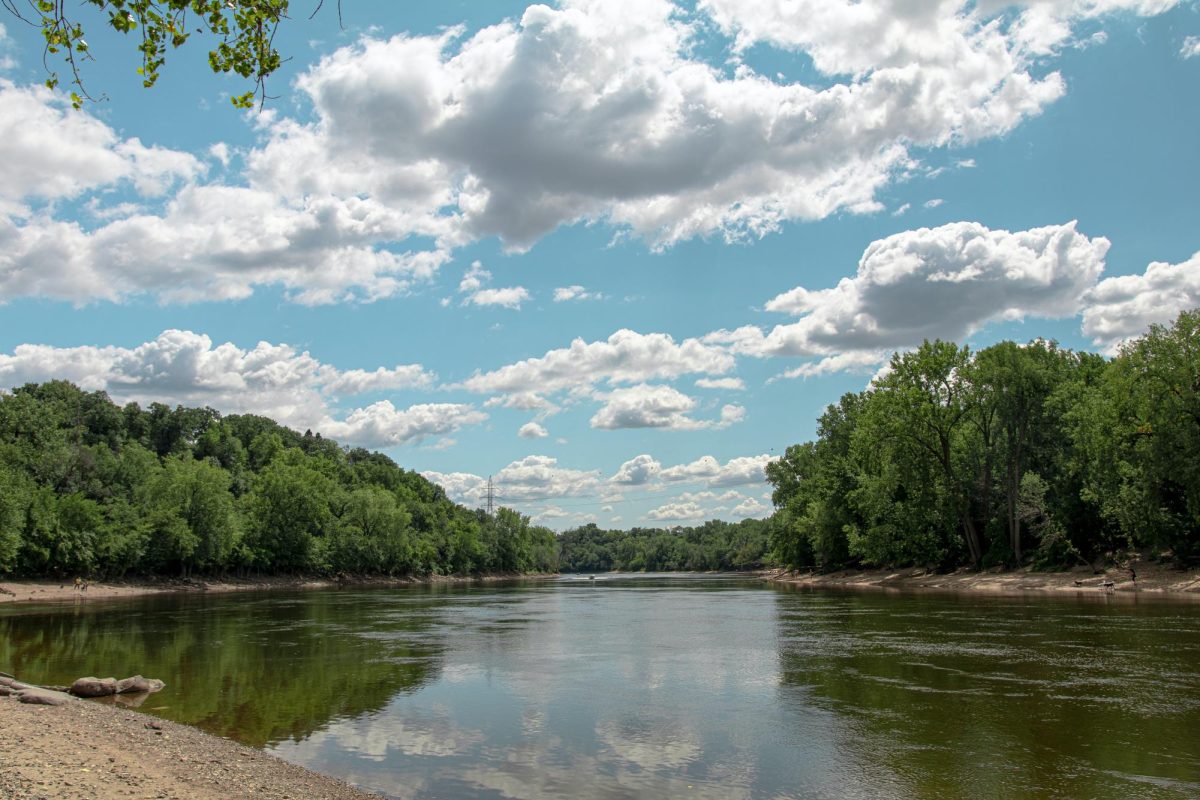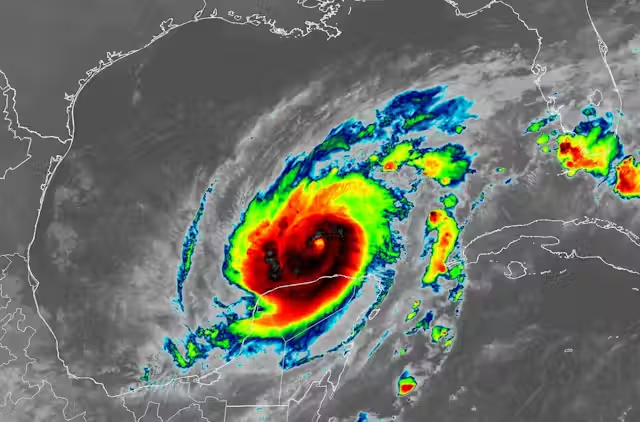The beautiful Mississippi River that runs through Minnesota, Wisconsin, Iowa, Illinois, Missouri, Kentucky, Tennessee, Arkansas, Mississippi, and Louisiana is currently struggling. This river is the second longest in the United States and the fourth longest in the world. A wedge of salt water is slowly infiltrating the river affecting wildlife and citizens who rely on this source of water.
This spear of salt water originated in the Gulf of Mexico and is traveling up the Mississippi river. This invasion of salt water is caused by the water level of the river dropping. With record high temperatures and drought, river levels are dropping and sea levels are rising, which allows the salt water to travel underneath the fresh water. The salt water is making its way up the river and causing problems.
The salt water is affecting the drinking water of locals. Salt water can be threatening to the health of those who ingest it. Areas that are under a drinking water advisory are receiving distributed bottled water. Other areas that are yet to be affected are being advised not to panic and buy bottled water. The local Louisiana health departments are notifying citizens of when they should be able to use the drinking water and when to purchase bottled water.
A new sill, a border at the bottom of the river, was created in order to block the travel of salt water. The sill will eventually wash away after the water level rises again. For the first time in history, the saltwater wedge went over the sill. Meaning that the salt water continues to travel up the river.
The president alerted an emergency declaration for the state of Louisiana. As the government continues to create a new sill to prevent an increase in salt water , they believe that the wedge will overcome this sill as well. Increasing the sill by 30 feet, with a continuing drought, the government believes the sill will be overcome again. The government also plans to create funding for research of the river and a creation of a new and long-term solution for this issue.
Parishes of Louisiana are trying to lend a helping hand in the process by supplying and transporting fresh water up the river. An expensive plan has been set in place to add more pipes connecting the river. This is so the local parishes can dilute the salt at its source. Some parishes have been struggling due to the harshness of the salt water on pipes and other important transportation tools.
In the hopes of better water quality once again, Louisiana is fighting to get one of the largest reliable water resources fixed back to normal. As the struggle to prevent salt water from invading the river continues, Louisiana and the government are doing what they can to filter, slow, and stop this problem.
















